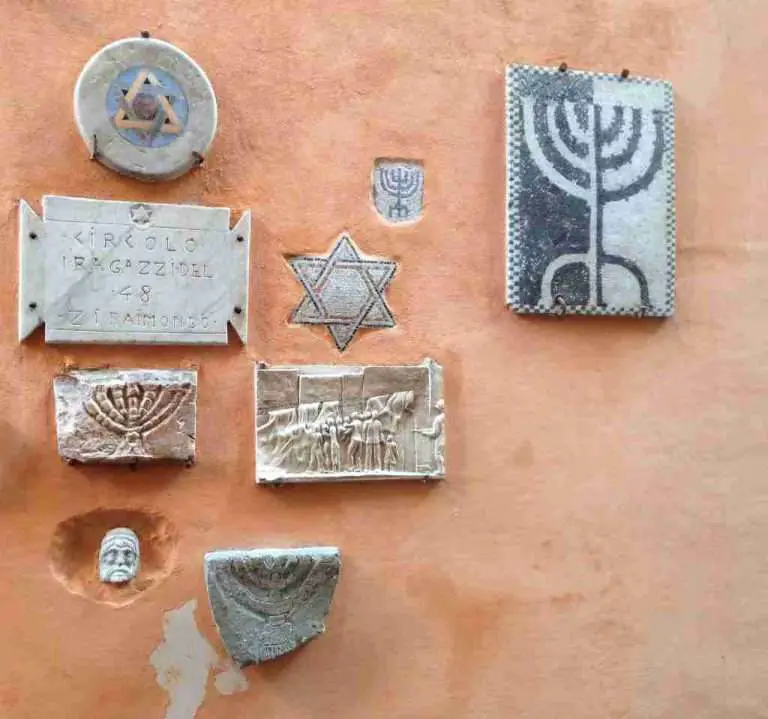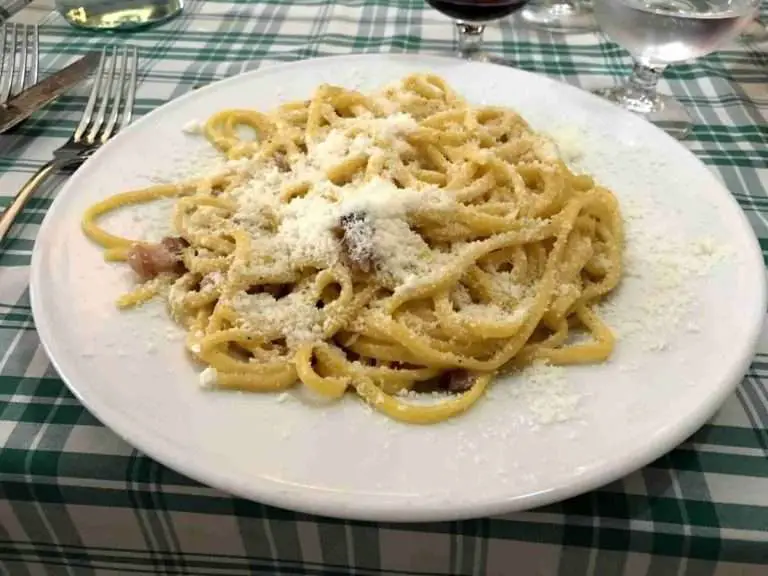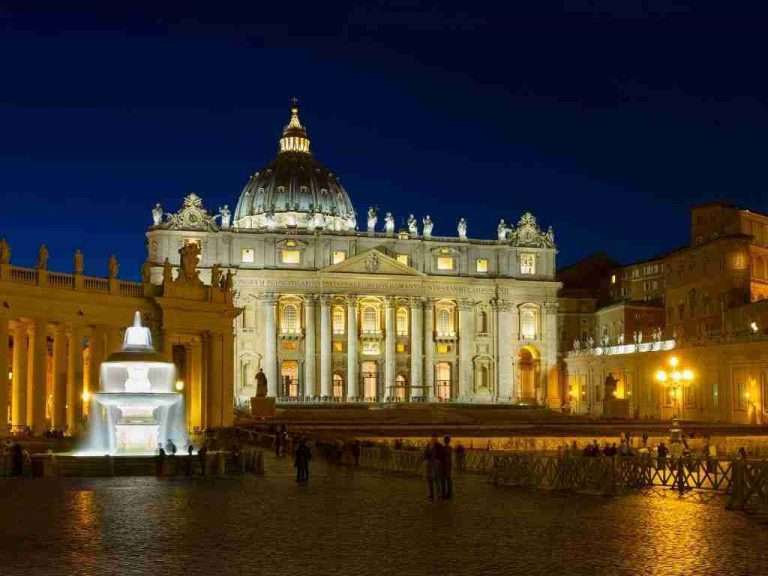
Last week, I finally had a chance to revisit the Vatican Museums. It had been more than a decade since I had gone. And I had been reluctant to visit because of the crowds, which wrapped around the block. But my mother was in town, so I had a good excuse to go.
Getting in was easy enough, as we had reserved tickets through the Vatican Museums online ticketing system. Rain poured down on us as we got off the tram and walked uphill to the entrance. Most everyone there at 9:30 a.m. were part of a group or had reserved online so we were all kind of in the same line (scrum) to get in. Getting through the main doors, queueing up at the ticket window to get our “real” tickets (our printed reservations were just that), and walking through security took about 10-15 minutes. No big deal.
But honestly, the Vatican Museums left me wanting this time. Or rather they left me with the feeling that I never want to visit again.
Although it was early March, not exactly peak tourist season, we were getting jostled from all sides, particularly from large tour groups who were muscling in to take photos of every main attraction they saw. “I swear it didn’t used to be like this,” I assured my mother. And it turns out I wasn’t imagining things.
According to the latest report from The Economist “four times as many people visit the Sistine Chapel as did in 1980; on the busiest days more than 25,000 visitors a day pass through.” The crowds were noticeable in every room and corridor, save for the contemporary art wing (and I think most people who end up there do so because they are lost).
One section that I was most excited to revisit was the Niccoline Chapel, which I once listed on this site as being one of my favorite places in the museums. I followed the recommended course through the Museums, all the while mentioning to my mother how much I loved the chapel but I just couldn’t find it. Finally, I asked a guard where it was.
“Chiuso,” he said. Closed.
“Temporarily or forever,” I asked in Italian.
“Probably for forever. The chapel was too small for so many people.”
I was bummed. I was also disappointed that the Hall of Maps felt more like a long queue instead of a room where one could step back and observe the early maps of Italian regions and cities. People were everywhere. My mother and I were also part of the problem, of course. But the whole experience was too much like a cattle drive.
The Economist again:
The Vatican is starting to grapple with the problem. Last October Mr Paolucci, a former Italian culture minister, unveiled a €3m upgrade of the chapel’s climate-control and lighting systems, which was paid for by the manufacturers. A virtual Sistine Chapel pavilion is now being planned so that visitors spend less time inside the real one. Whether this will be a full-sized replica or a digital simulation is still to be decided. Mr Paolucci has also been talking about handing out intelligent eyewear (Google Glass-type accessories) that would allow visitors to explore the chapel in 3D.
Another plan is to limit the number of visitors. Once they reach 6m—probably some time next year—only those with reserved tickets will be allowed in. Walk-in travellers, even pilgrims coming from afar, can now queue for €16 tickets. In future, they will be turned away. That would further undermine the chapel’s identity as a place of worship, which the Vatican Museums are already struggling to preserve by constantly urging visitors to be silent.
The Sistine Chapel as a place of worship has already been compromised as far as I was concerned. Nothing about the current set up, where the Sistine Chapel is highlighted as the ultimate destination on the slow or fast route through the museums, gives the space its due. The crowd flows into this room through only one door, with the exit door depositing you into a no man’s land of blank stairwells back down to the entrance hall. I understand the security reasons for controlling the crowds in this way, but the Sistine Chapel was probably the least hospitable, most crowded place I have been since returning to Rome. And I’ve been in Termini Station at rush hour.

This is going to be a tough call for the Vatican. Francis is a very popular pope. (The photo above is of a display case with Pope Francis addressing visiting soccer stars and various “Francisco” jerseys that were given to him.) He has certainly helped to increase the number of South American visitors to Rome and Vatican City. Plus, Chinese/Asian and African visitors who are now starting to set out on their own grand tours, has made the wonders of the Vatican Museums (and especially the world famous Sistine Chapel) more popular — shouldn’t they, too, have the freedom to see this magnificent art?
But something should be done. I haven’t even touched on how the Vatican Museums left me with a strong distaste for the church as a whole. All of that concentrated wealth in one place, all the spoils of worldwide campaigns and whims of wayward popes (cough cough Borgia), did not fill me with awe but rather disgust. Certainly being prodded and processed through an assembly line didn’t help.
The word Catholic comes from the Greek word “Katholikos” which means universal. There’s a big difference in feeling like you are part of something bigger than you and feeling like you are just one of the unwashed, paying masses. I hope to visit the Vatican Museums again during my time here. In the meantime, there are plenty of other places to go and so much more to see.
Read more: Vatican Museums: Full to bursting | The Economist.
Last updated on May 2nd, 2020Post first published on March 13, 2015







